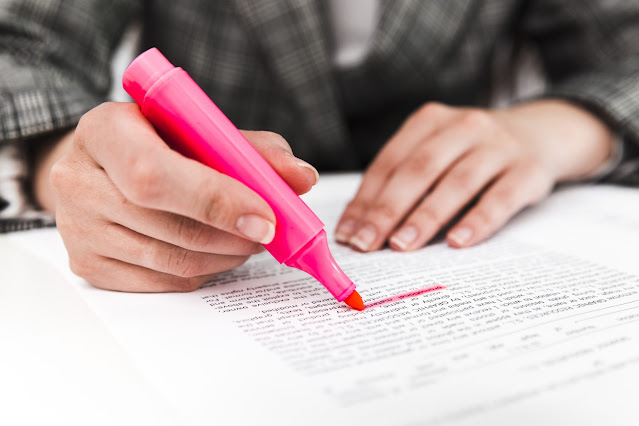Why is Proofreading Important for Translated Documents?
The demand for translation has surged in today’s interconnected world to allow businesses and individuals to communicate across linguistic barriers effortlessly. However, amidst the flurry of translations, the importance of proofreading often takes a back seat. Yet it is paramount to ensure that translated documents maintain the same level of clarity and readability as the original text. At Accuracy, we understand the significance of meticulous proofreading in the translation process, and in this article, we explore why proofreading is indispensable for translated documents.
Translation is a complex endeavor that goes beyond mere linguistic conversion; it involves capturing the nuances, idioms, and cultural subtleties inherent in the source text. While skilled translators strive to convey the intended meaning faithfully, linguistic and cultural nuances can sometimes elude even the most adept linguists. This is where proofreading steps in as a crucial safeguard, ensuring that translated documents are free of language errors while preserving the intended meaning.
Fundamentals of Proofreading Translated Documents
Translating a document involves numerous decisions regarding word choice, sentence structure, and phrasing, each of which can impact the overall accuracy and coherence of the translation. Without diligent proofreading, errors such as mistranslations, omissions, and ambiguities may go unnoticed, potentially undermining the integrity of the translated document.
By subjecting translated documents to rigorous proofreading, we at Accuracy ensure that such errors are identified and corrected promptly. Our proofreaders meticulously compare the translated text with the original source, ensuring consistency and adherence to the intended meaning. Through this meticulous process, we strive to deliver translated documents that uphold the highest standards of quality and fidelity.
Preserving Context and Nuance
Language is a nuanced medium, rich with cultural connotations, idiomatic expressions, and subtle nuances that may not have direct equivalents in other languages. Translators must navigate these linguistic intricacies delicately, endeavoring to preserve the context and nuance of the original text while rendering it in a different language.
Proofreading plays a crucial role in safeguarding these nuances and ensuring that they are accurately conveyed in the translated document. Our proofreaders possess a keen understanding of linguistic subtleties and cultural nuances, allowing them to identify and rectify any discrepancies that may arise during the translation process. By preserving the context and nuance of the original text, we ensure that the translated document maintains its authenticity and resonance with the target audience.
Maintaining Linguistic Integrity Through English Proofreading
English proofreading plays a pivotal role in maintaining linguistic integrity and ensuring that the translated text adheres to the conventions of the target language. From grammar and punctuation to syntax and style, every aspect of the translated document undergoes meticulous scrutiny to eliminate errors and inconsistencies that may detract from its readability and impact.

Comments
Post a Comment